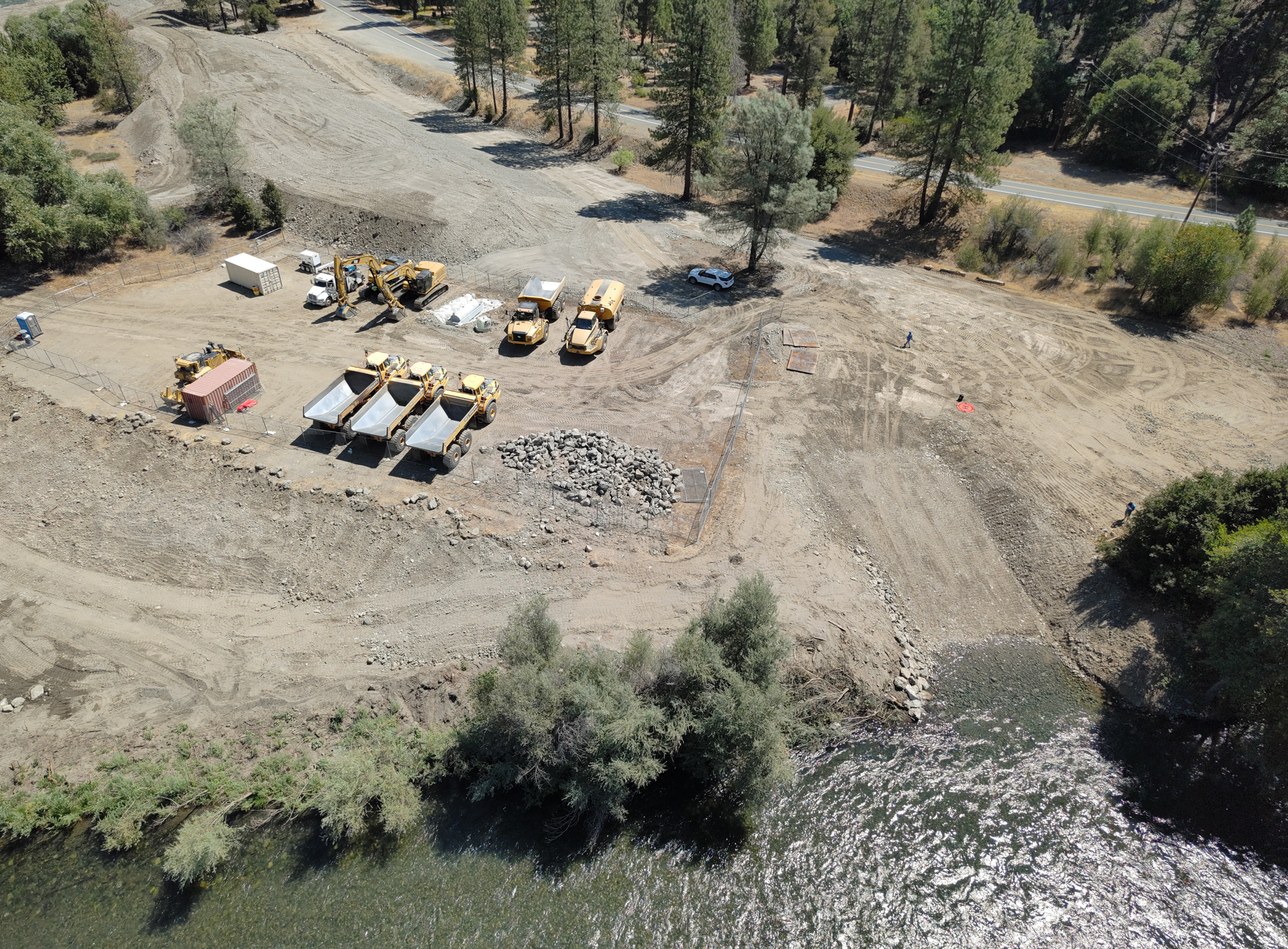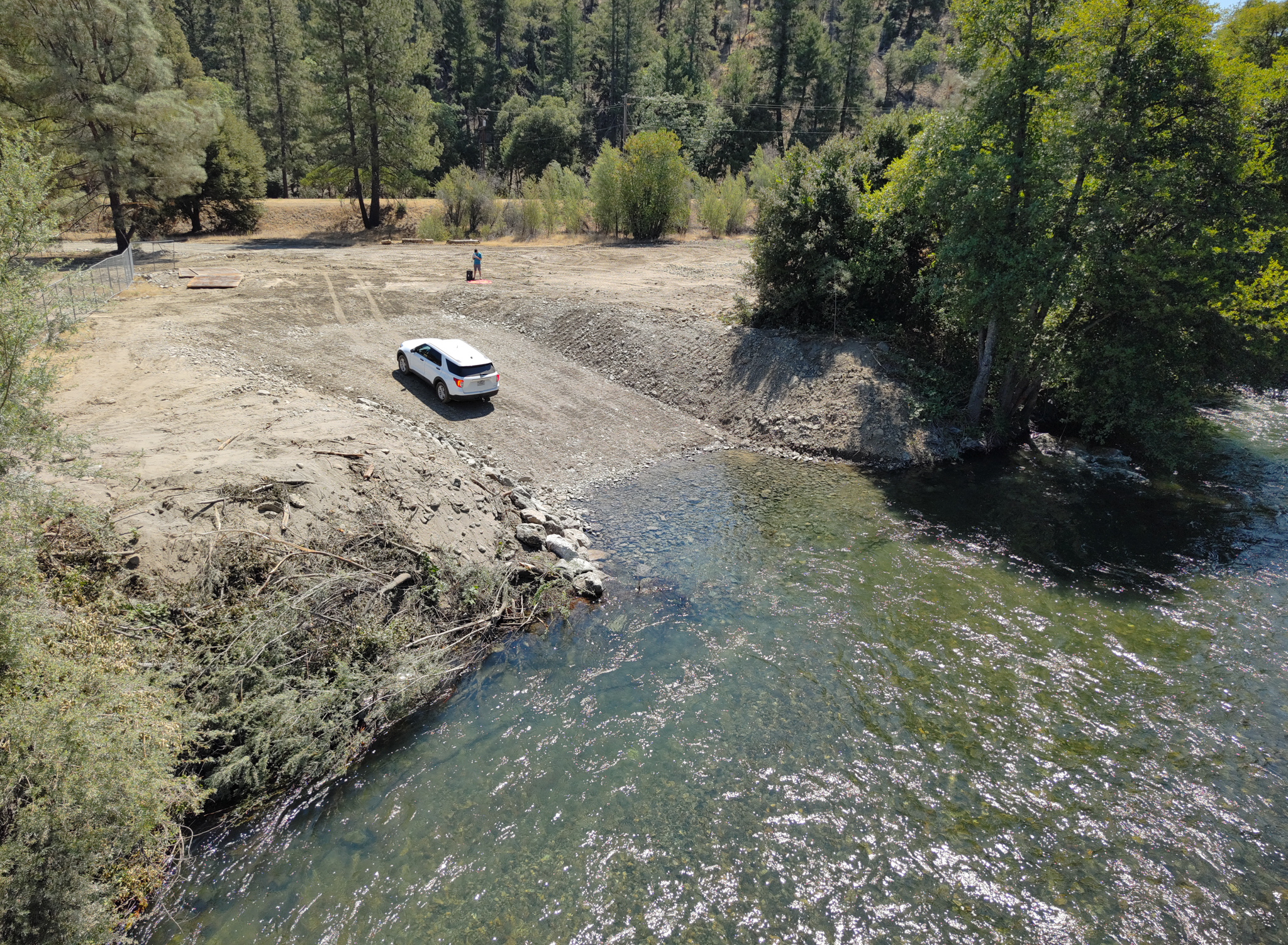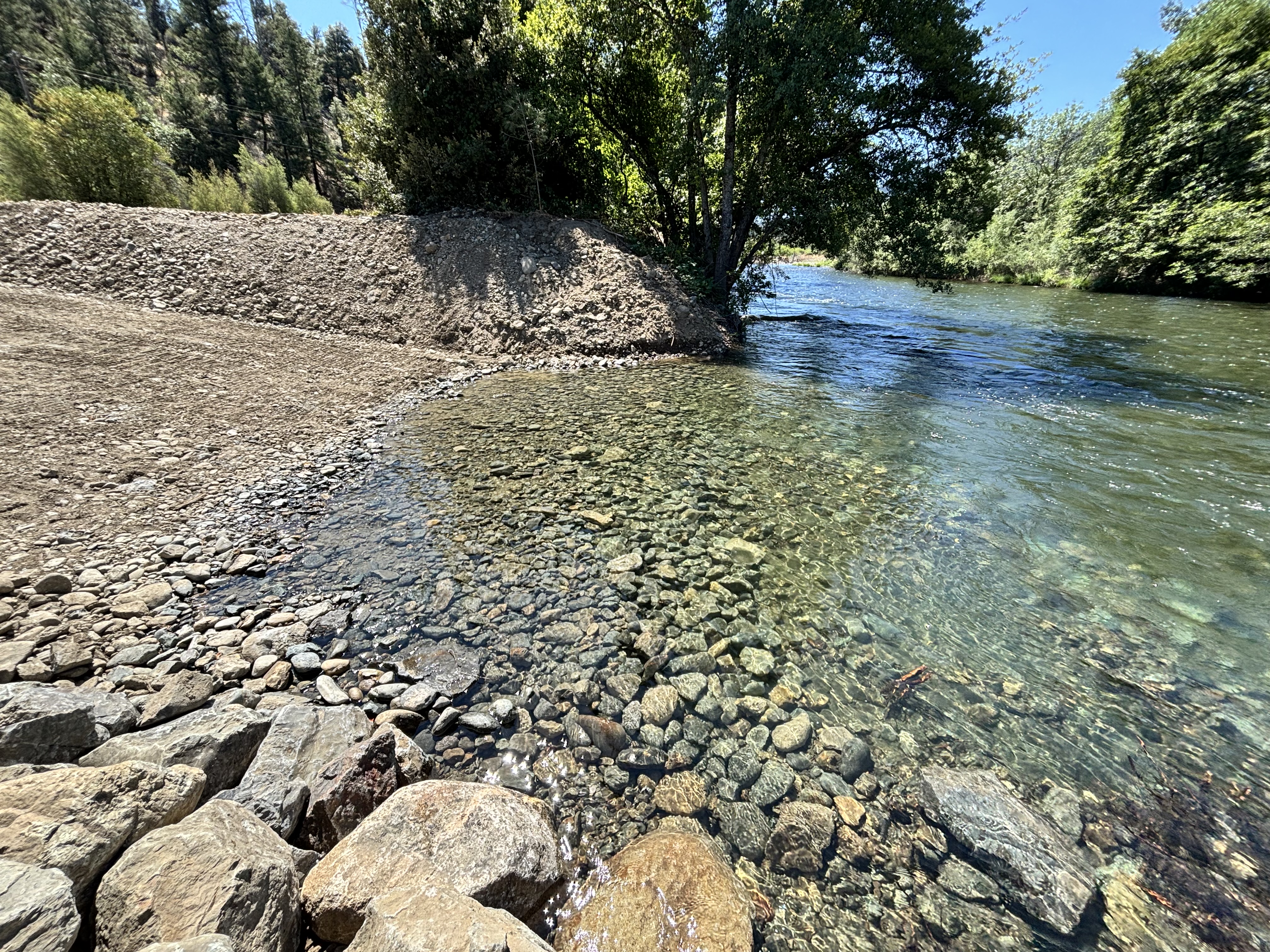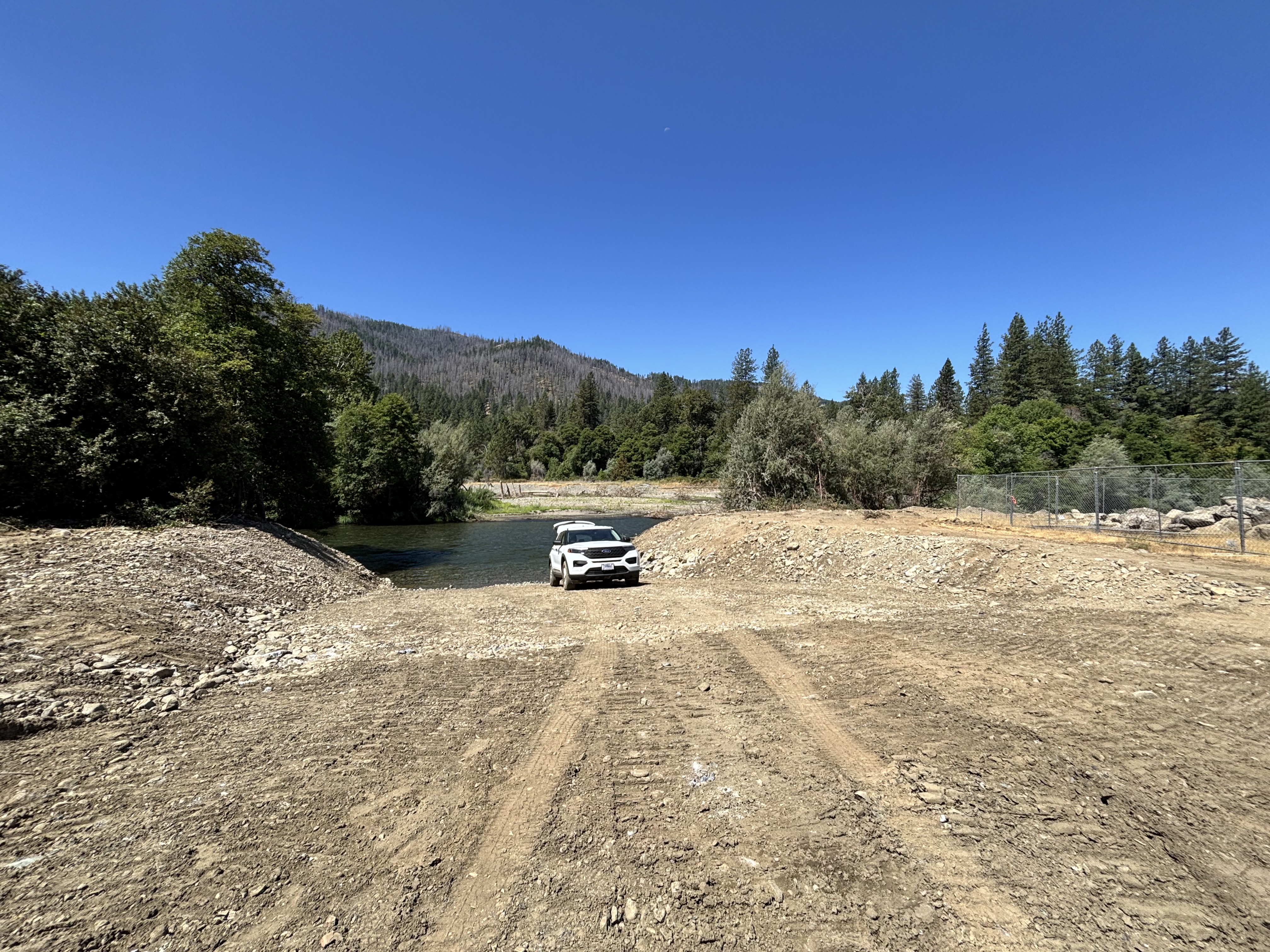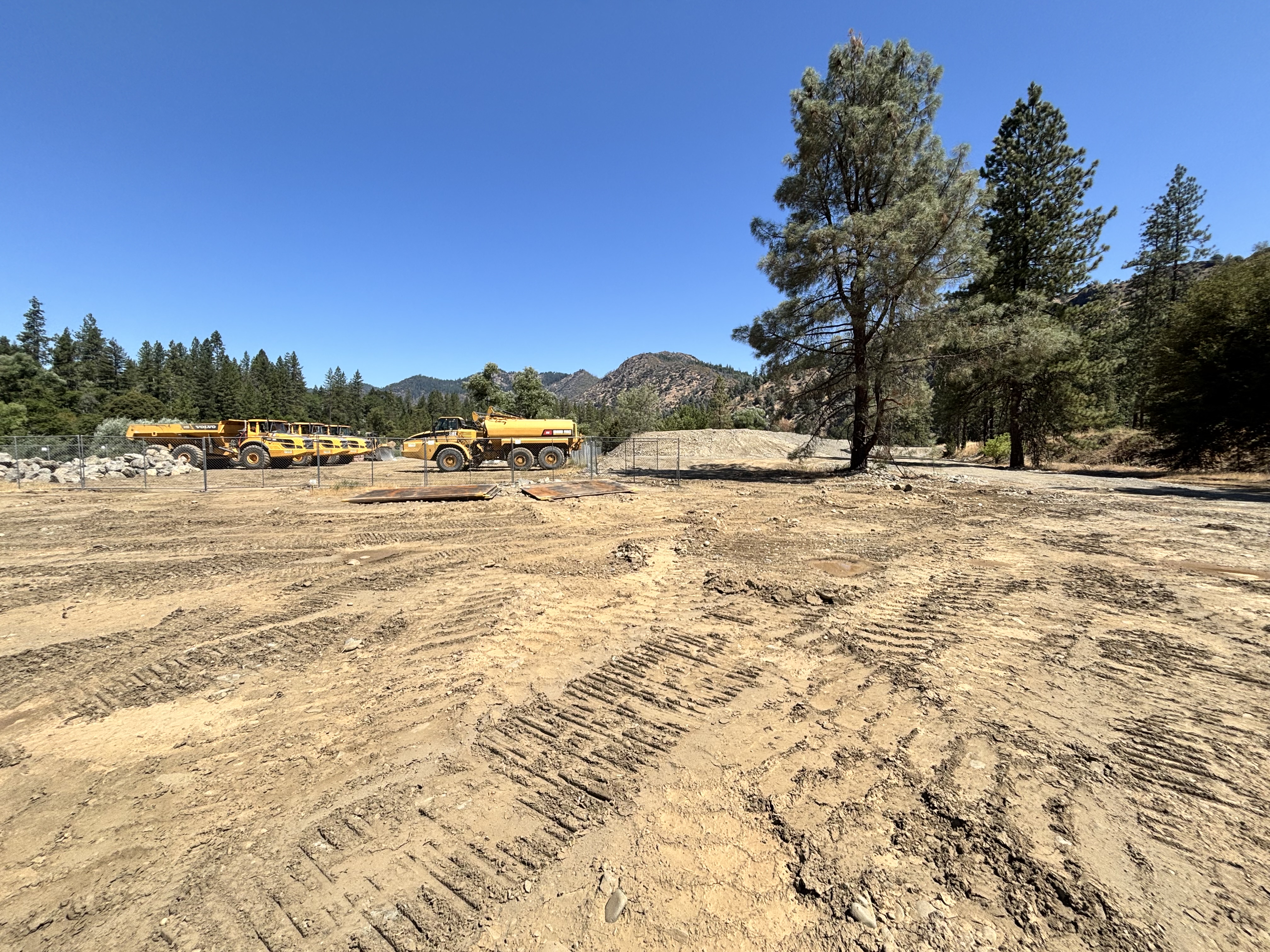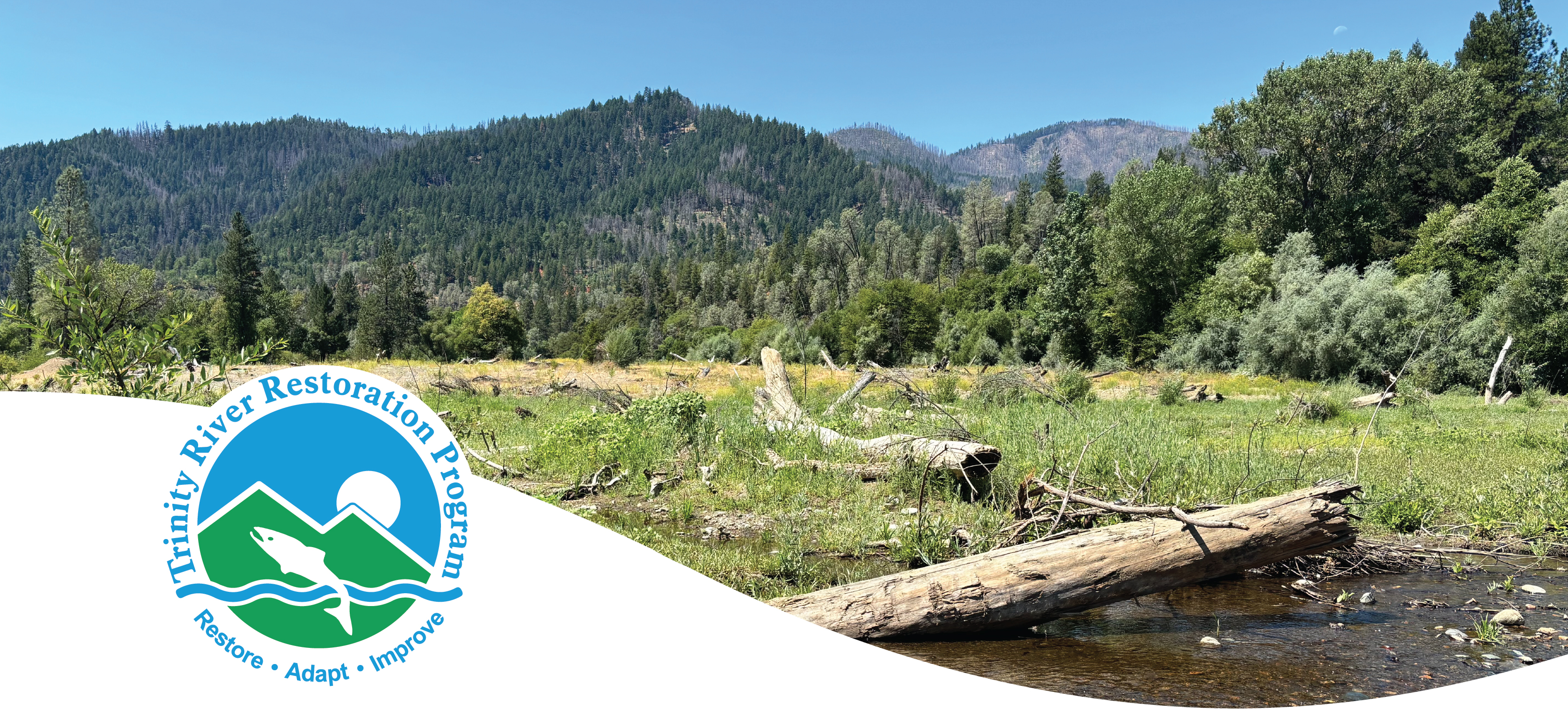
Contents
- Current Conditions
- Program Updates: Upper Conner Creek restoration in full swing and the public boat launch opens July 21.
- Featured Article: C. shasta, A tiny parasite in the Klamath & Trinity River
- Trinity River Watershed Spotlight: Plant Spotlight – mule’s ears and arrowleaf balsamroot
- Upcoming Meetings and Events
- Reading, Listening, Watching
Current Conditions
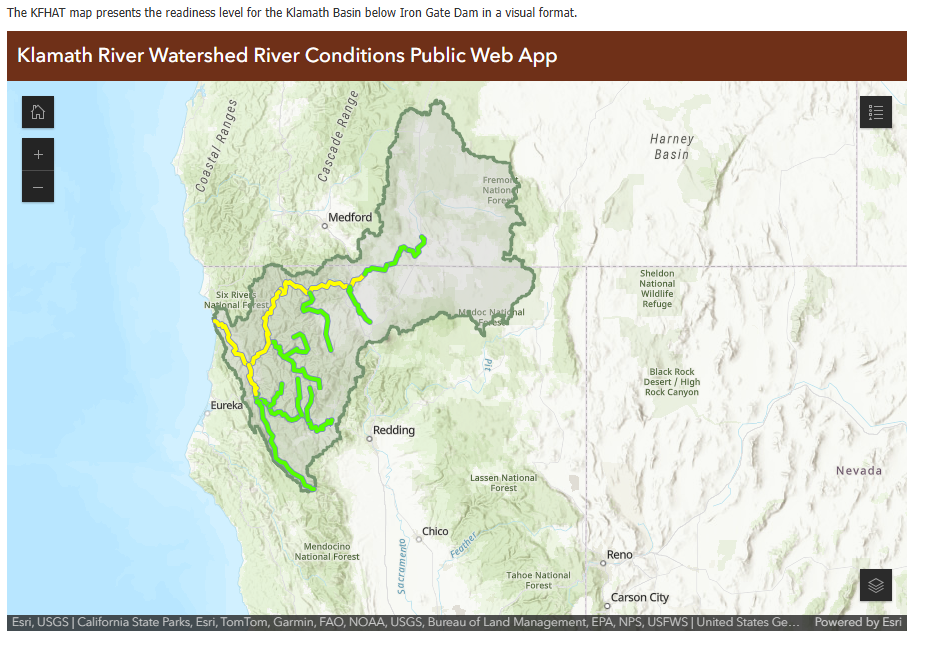
Klamath Fish Health Assessment Team
The river is following normal seasonal patterns with lower river warming and evidence of pathogens in captured migrating salmonids. Fish dives are reporting that adult counts are low, as expected for this time of year, and that the tributaries are providing the river with cool water refugia. Divers report juvenile fish are taking advantage. Monitoring continues to show minor fish health observations in the upper Trinity River (related to gill rot and copepods). In the lower Trinity River, monitoring has shown increased sightings of several parasitic infections in juvenile fish. Technicians are hopeful that the recent pulse flow will help aid any juveniles still out-migrating through the lower Trinity and Klamath Rivers.
The KFHAT is a technical workgroup that formed in 2003 with the purpose of providing early warning and a coordinated response effort to avoid, or at least address, a non-hazardous materials related fish kill event in the anadromous portion of the Klamath River basin.

Flow
Flows are decreasing until a final peak flow on Saturday, Aug. 2 is scheduled to reach 1500 cubic feet per second. The pulse will last through Sunday, Aug. 3. After Sunday, a slow decrease to summer baseflow (450 cfs) follows.
Current river flow gauge readings can be found on our homepage, click here and scroll to the middle of the page.
The Hoopa Valley Tribe has requested elevated flows from the Bureau of Reclamation for ceremonial purposes to commence at the end of August. Changes to flow will likely be released via email a few days prior to the release date.
To subscribe to emails that announce Lewiston Dam change orders, please click the button below.
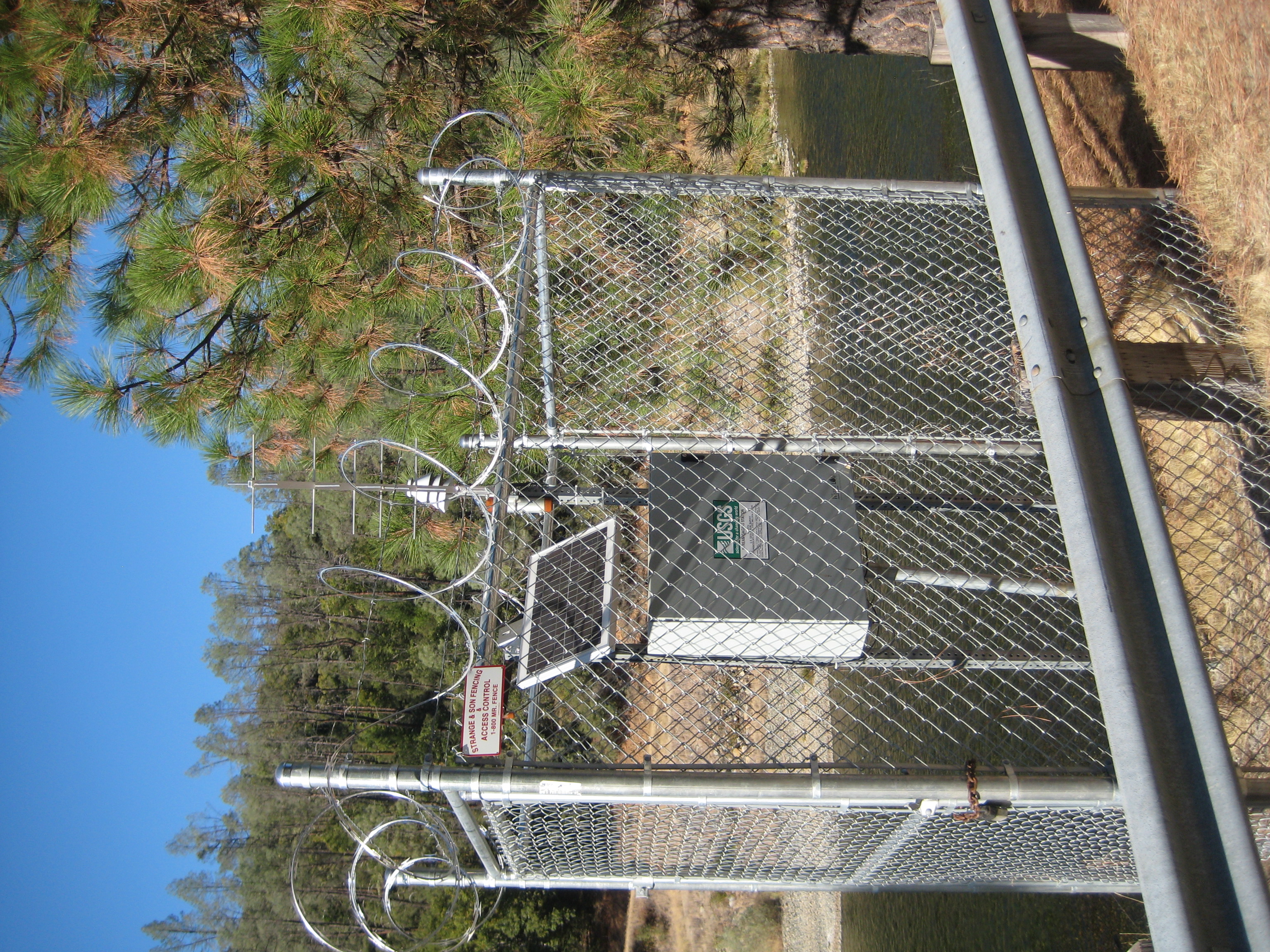
Temperature
Keep tabs on Trinity River temperatures by following the USGS gauge links below.
Program Update
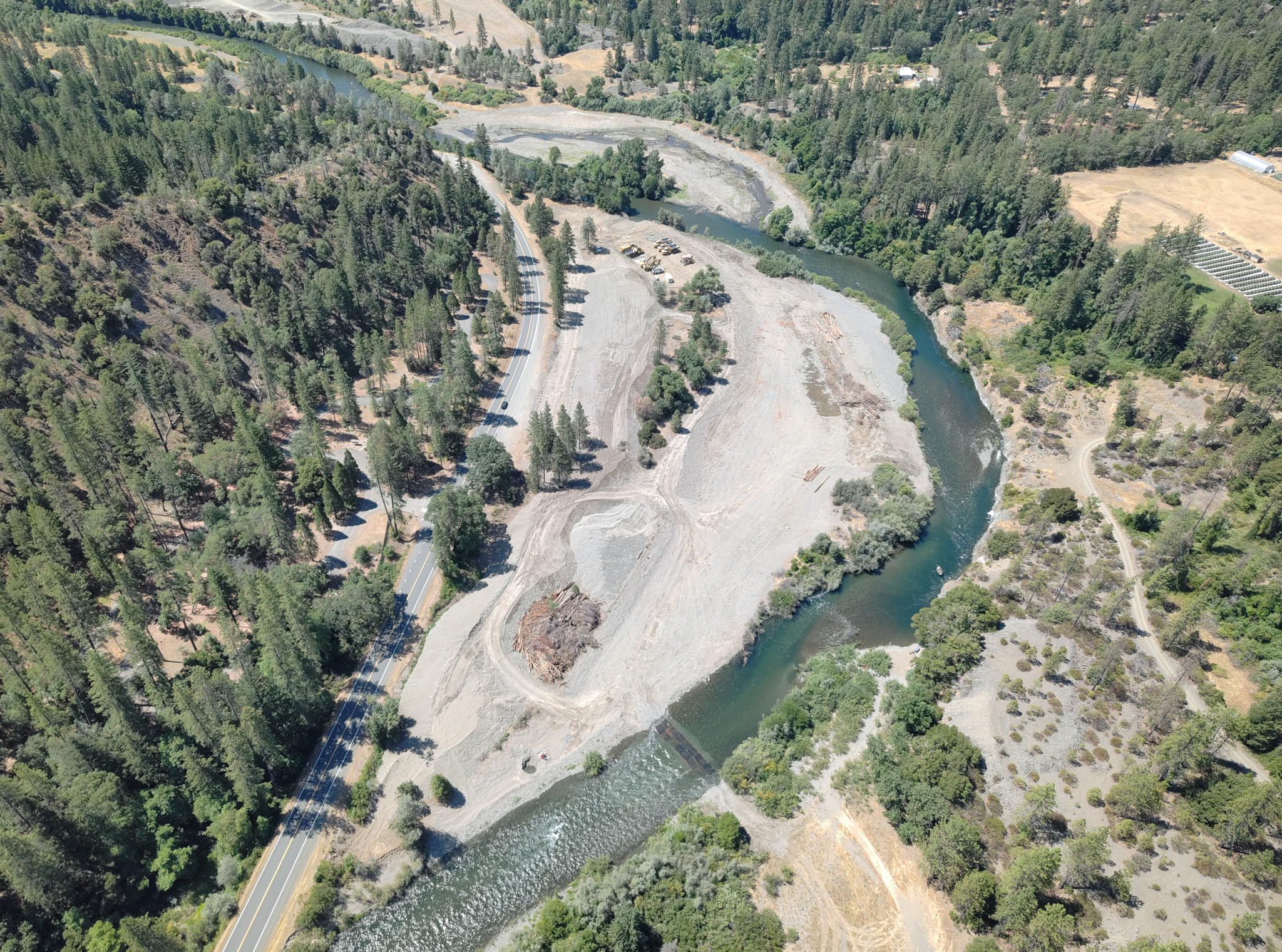
July 15 marked the beginning of the in-channel work period for the Program’s rehabilitation efforts on the main stem Trinity. The in-channel work period is a specified period of time that allows for in-river work where restoration activities have the least impact on important fish, wildlife and habitat resources.
In Junction City, the Upper Conner Creek channel rehabilitation project is hitting high gear with more equipment and man power being utilized to reshape the landscape into an area that will serve the ecology and recreation.
The Yurok Tribe Construction Corporation has completed the public boat launch. Although further improvements are still to come, Mon. July 21, the launch will be open to the public. However, please note that only a portion of the parking area will be available for use. The remainder of the space will be occupied until the larger project is complete, likely this fall. Additionally, the river access area will continue to be developed over the next couple months to include a vault toilet and a parking and picnic area.
With in-river work, please be cautious as large yellow machines will be in the vicinity of the river access both on the ground and in the water. Monitors will be on-site to allow downstream navigation during working hours. In-channel work creates turbidity, so those recreating on the river can expect the water to look different, especially during work hours.
From all who work on the project, we extend our thanks to those who’ve endured the launch closure. Although the site is still under construction through the summer and fall, we look forward to accessing the river from this popular and convenient spot!
Featured Article
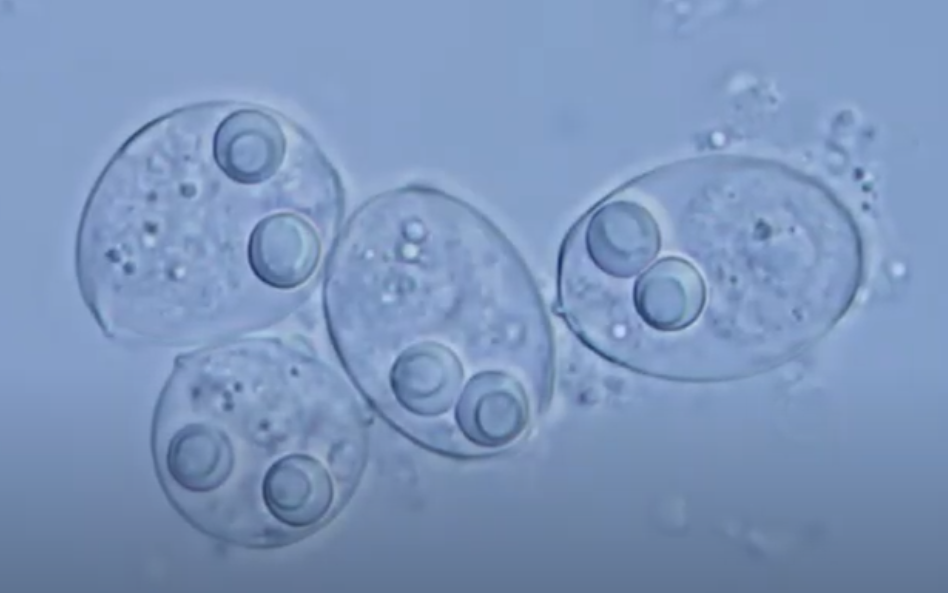
C. shasta, A tiny parasite in the Klamath & Trinity River
C. shasta is a microscopic parasite with a surprisingly complex life cycle—one that depends on two very different hosts: a tiny riverbed worm and migrating salmon. Native to the rivers of the Pacific Northwest, including the Klamath and Trinity, this parasite has evolved to thrive in specific water conditions, often with dramatic consequences for fish health. From its early development in sediment-dwelling worms to its journey through salmon intestines, C. shasta’s story reveals how small organisms can shape entire river ecosystems. Learn how scientists uncovered its secrets—and what this means for the future of California’s rivers.
Photo: C. shasta a microscopic parasite. Photo is a screenshot from, Shasta 2: Life Cycle – YouTube
Trinity River Watershed Spotlight
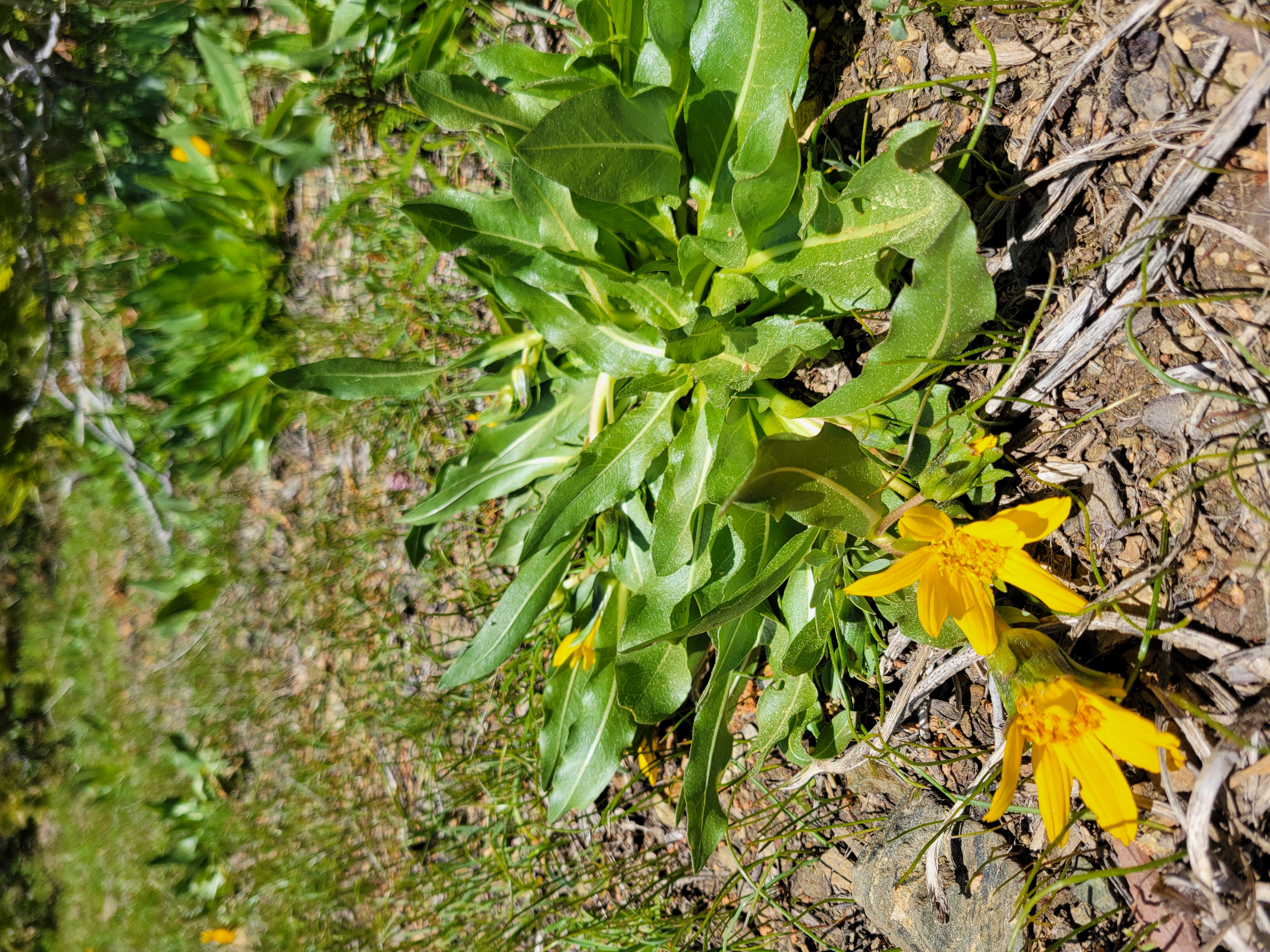
Plant Spotlight – mule’s ears and arrowleaf balsamroot
At first glance, mule’s ears and arrowleaf balsamroot might just look like cheerful wildflowers inviting pollinators to perch, but these two plants hold deep ecological, cultural, and medicinal significance. These sun-following natives help carry fire across rocky grasslands, signal shifts in rangeland conditions, and connect Indigenous traditions to the land and seasons. From their roots used in medicine to their seeds beloved by birds, mule’s ears and arrowleaf balsamroot are more than just pretty plants. Explore their hidden stories, define their differences and learn their powerful roles in California’s landscapes.
Photo: Narrowleaf mule’s ear. [Simone Groves, Hoopa Valley Tribal Fisheries Department]
Upcoming Meetings and Events
For a full list of events, click to view the TRRP Calendar.
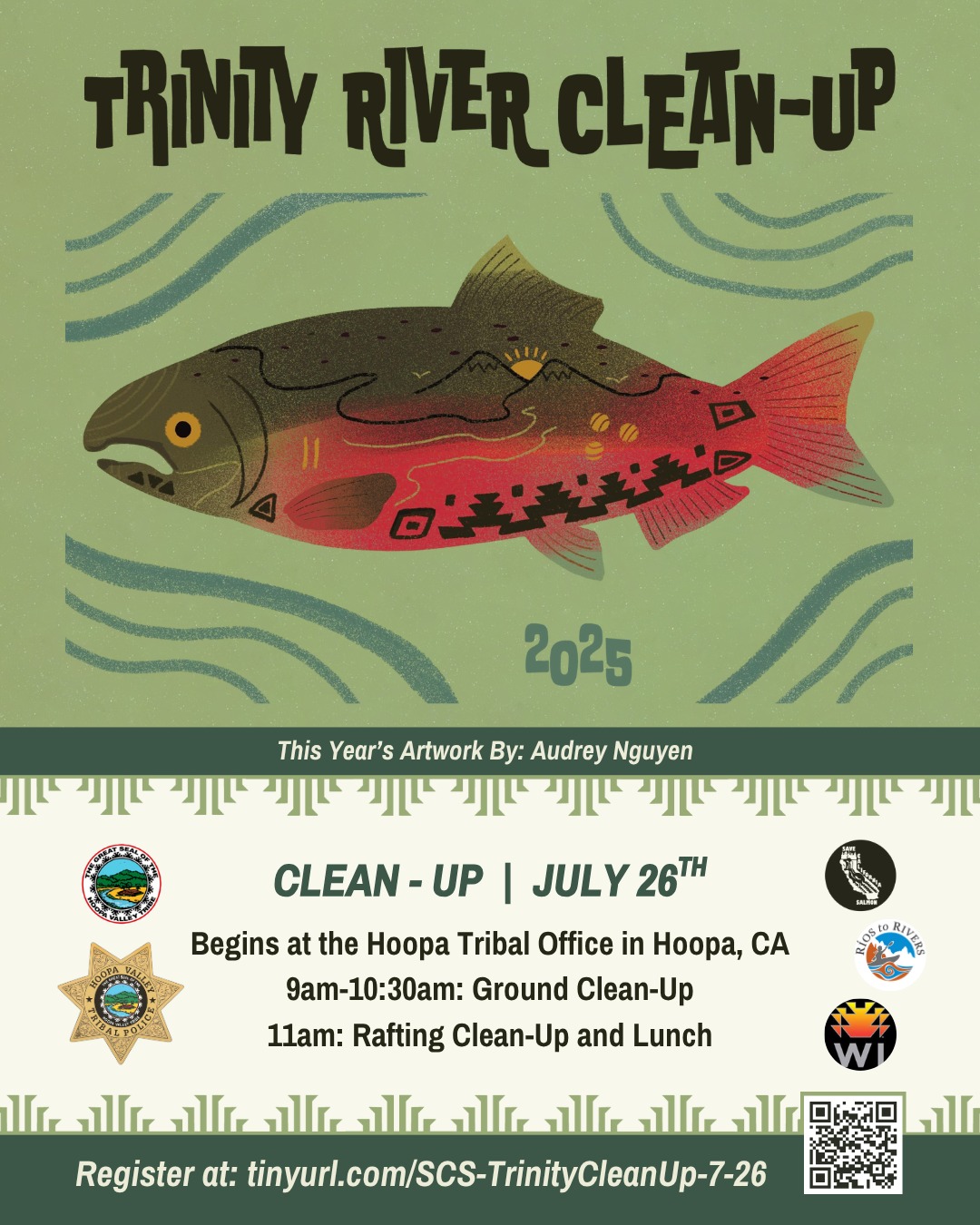
July 26, 9am – Trinity River Clean-Up
Hoopa, Ca.
Save California Salmon is partnering with the Warrior Institute and Hoopa Valley Tribe to conduct a Trinity River clean up and raft trip. The raft trip is free for all and families are welcome. The clean-up begins at Hoopa Tribal Office in Hoopa, Ca. at 9am. Rafting and lunch at 11am. Location details, waivers, medical consent forms etc., will be emailed to all registrants prior to the event. Forms must be completed prior to the trip. Lunch will be provided. Click below for more details – registration is required!
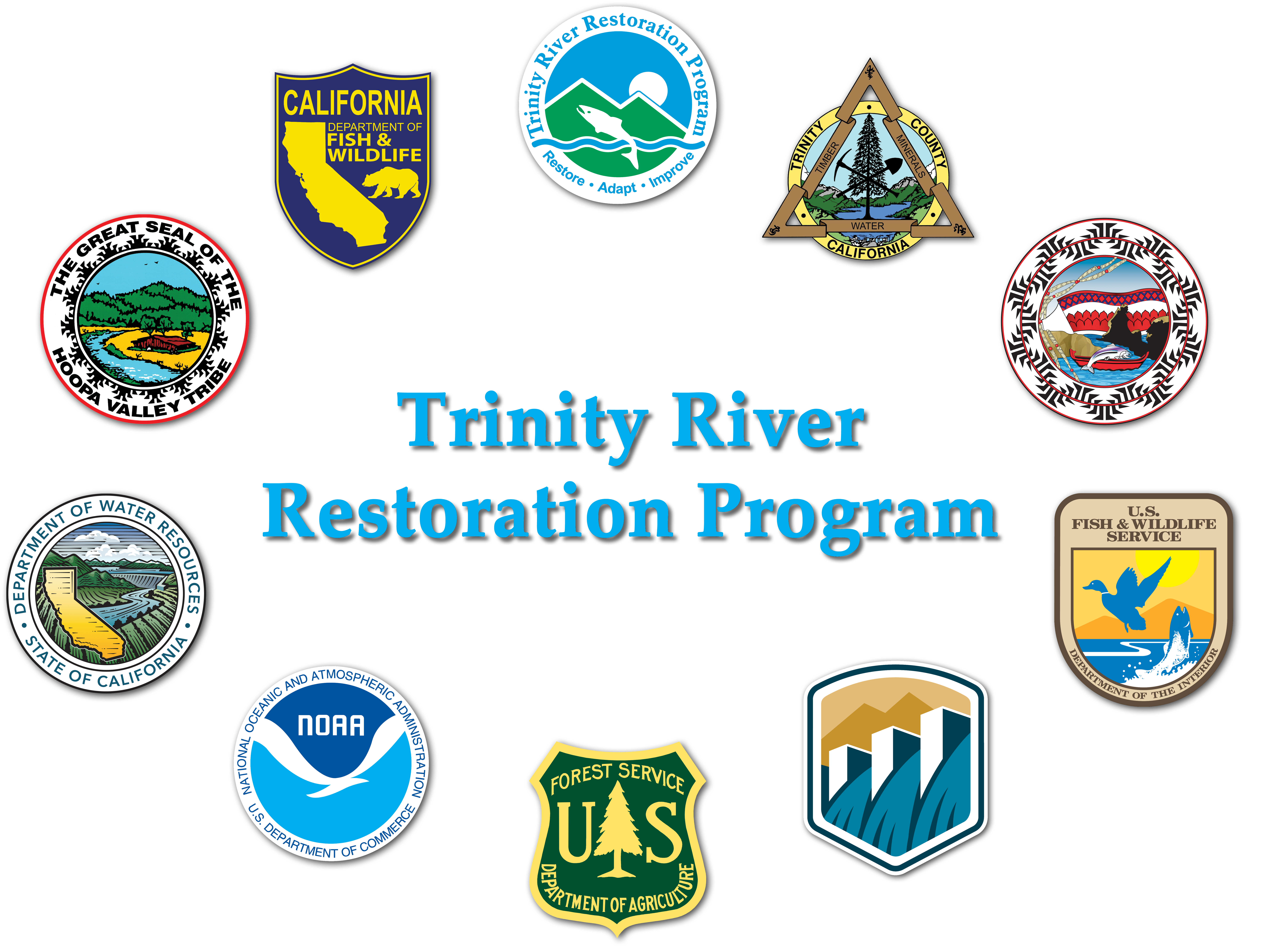
Sept. 17 & 18 – All Day Quarterly TMC Meeting
Weaverville, Ca. & virtual via Microsoft Teams
Reading, Listening, Watching
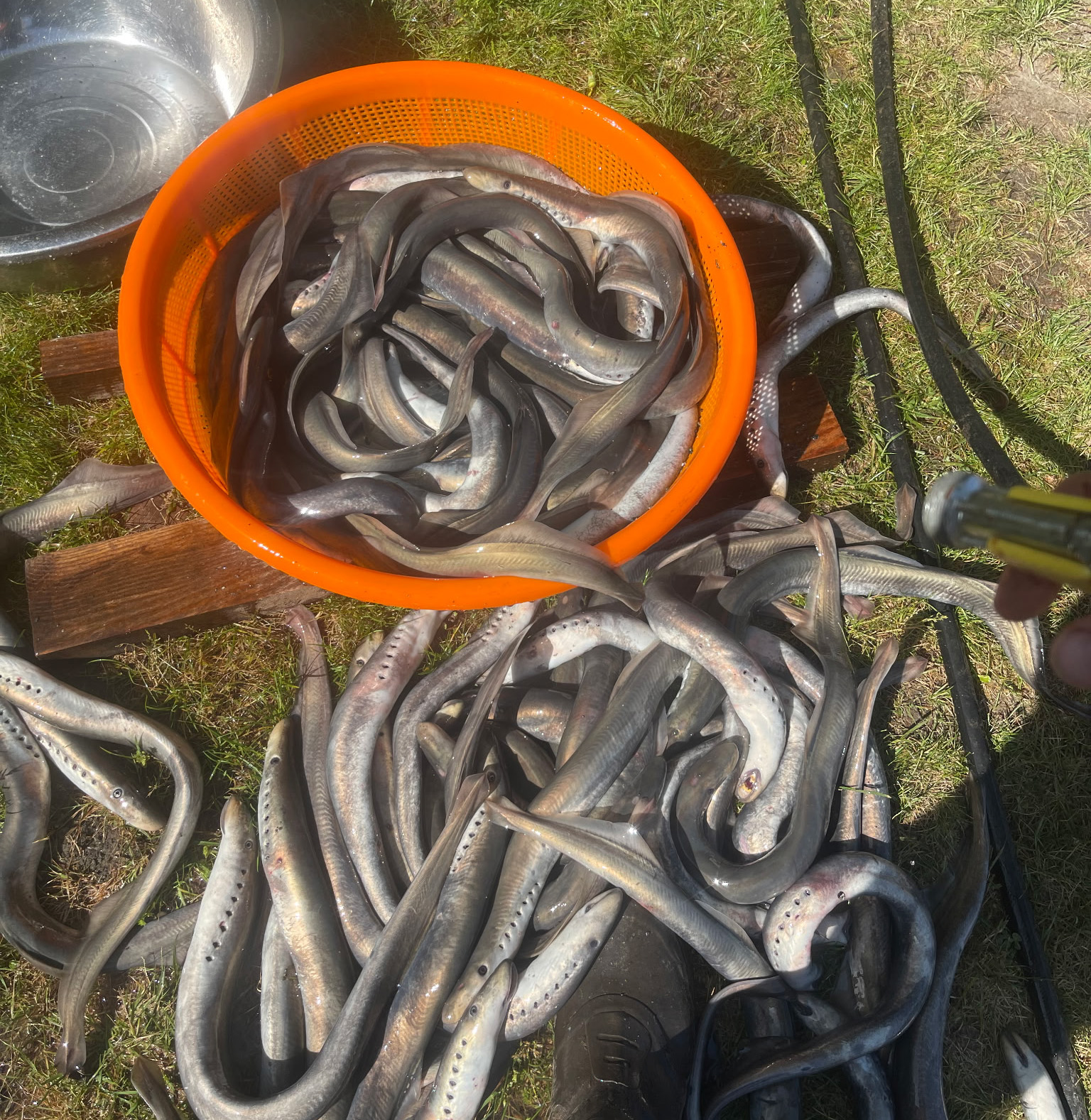
Pacific lamprey’s ancient agreement with tribes is the future of conservation | High Country News
Oct. 1, 2022 | By ‘Toastie’ Oaster
An exploration of the ancient relationship between Pacific lamprey and the Northwest tribes as well as the future of freshwater conservation.
Contact Us
Call Us: 530-623-1800 Email Us: info@trrp.net

